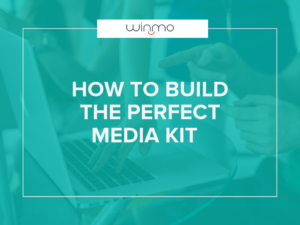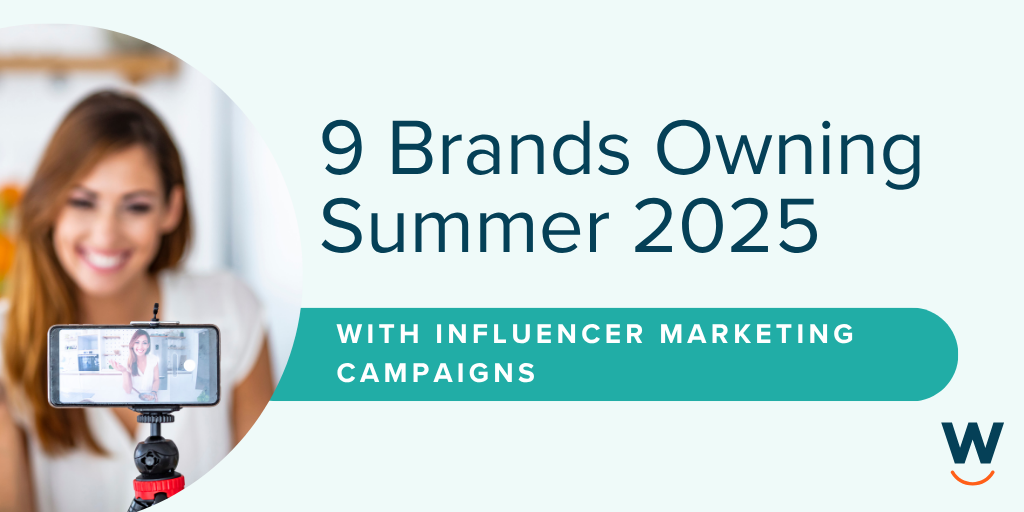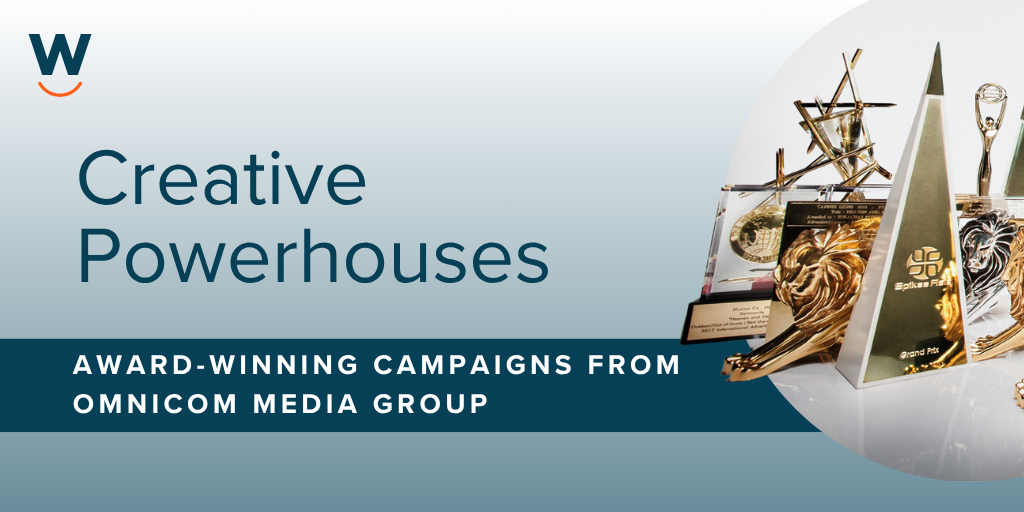
How to Build the Perfect Media Kit
A creative and unique media kit can easily grab the attention of prospective clients. It can also be the ultimate deciding factor of whether or not you close the deal. A media kit is essentially an opportunity to prove your merit.
Arguably one of the most important documents that your company will generate, a media kit is an opportunity to entice potential clients and investors. Therefore, it needs to be as close to perfect as possible.
The deck is a shot to cast your company’s vision and win over prospective customers. Great pitches are really just great stories. If you are able to tell a compelling story, the audience will be hooked and have three main questions answered:

Pitch decks are constantly being refined and tweaked based on who they are being presented to. One size definitely does not fit all, but in general there are several important factors to include when creating the perfect media kit or pitch deck.
Note that according to reports, investors spend on average 3 minutes and 44 seconds per pitch deck. From a study analyzing 200 pitch decks, investors spent the most amount of time reviewing the slides concerning financials, a team overview, and competition.
Aside from these specific areas, a good pitch deck should highlight all of the following areas:
Know The Audience
This one may sound obvious, but the presentation should be educating your audience about the opportunity available to them in your service. Your audience is the most important factor in shaping the deck. It’s crucial to pinpoint topics that will add value for your audience.
All advertisers are not created equal. Some brands appeal more strongly to Hispanics, or Millennials, others skew male, or trend affluent or any combination of things. It’s imperative to understand a brand’s target demographic when pitching and ensure you have the ability to reach them.
By understanding the brand’s audience, outreach can be more personalized and cater to a particular demographic. Using key demographic details creates a more powerful approach to a targeted group, and sets your team apart from the rest.
Highlight Pain Points
When creating a pitch deck, one main question to answer is: what problem are you solving? Rather than sell your product, sell the problem your product solves. Each brand has specific pain points, so don’t hesitate to address those and educate them on how your product can be used to overcome challenges.
This is truly the meat of your presentation and will either entice your audience or not. Be sure to answer all potential follow up questions in your slides to ensure the solution you are suggesting is concise and clear.
As you know, timing is everything in business. It makes sense to also address why it makes sense to invest in your product now, rather than wait to make the decision. Be thoughtful about your market opportunity and the tangible pain points that your audience is facing.

Competition
It’s the elephant in the room. Obviously, there are competitors working within the same space, and how you measure up against them is a key question to answer.
In this portion of the pitch deck, clearly outline what makes your product unique and highlight the things you have the ability to offer that no one else can. You want to clearly differentiate yourself in these slides so that the person viewing the deck has a good understanding of what makes your company stand out.
What key advantages do you have over the competition or is there some “secret sauce” that you have and others don’t? The key here is explaining how you are different than the other players on the market and why customers should choose you instead of a different option.

Case Studies
Your happy customers are your best marketing. Use your testimonials to demonstrate your credibility. Testimonials can come in many different forms, including videos, case studies, and truly any way customer outcomes and successes can be highlighted.
Advocacy keeps the focus on the customer, while simultaneously demonstrating how your product has been used successfully. Prospective customers care more about seeing how your product has been implemented than they care about hearing you talk about what you can potentially do.
Testimonials can be different in each presentation, make sure they’re relevant to the company you are pitching to. Each testimonial should be strategically chosen. Perhaps choose to focus on an experience with a company that is similar to the one you are focusing on, and address the same problem to really drive the point home.
This portion of your presentation proves that your brand can be trusted. They not only confront the idea of solving problems, but they also tell the story of how these problems are solved and position your company as authoritative and solution-centric.







